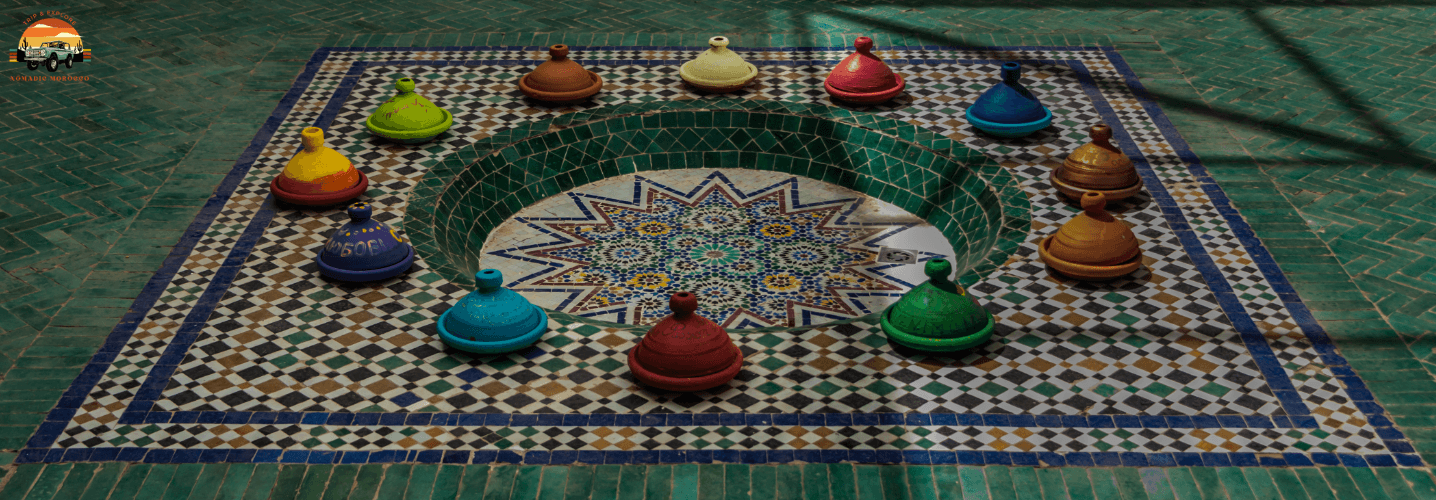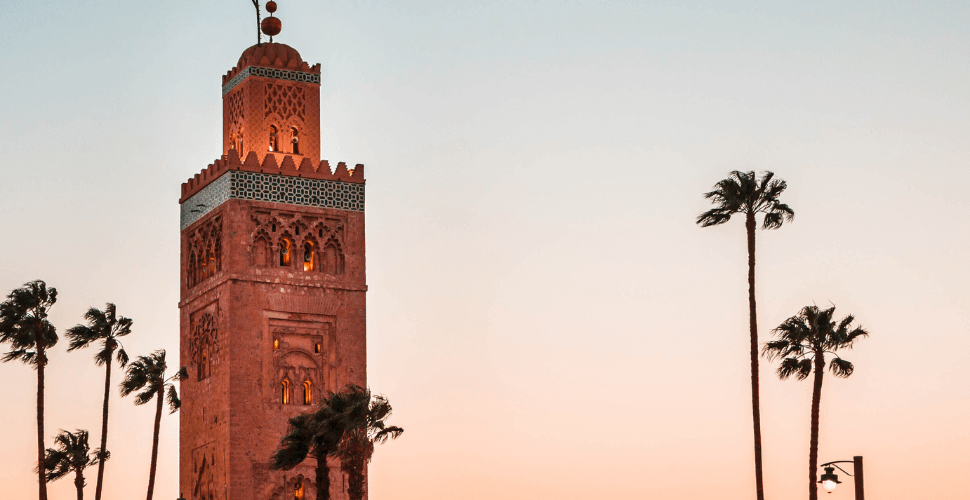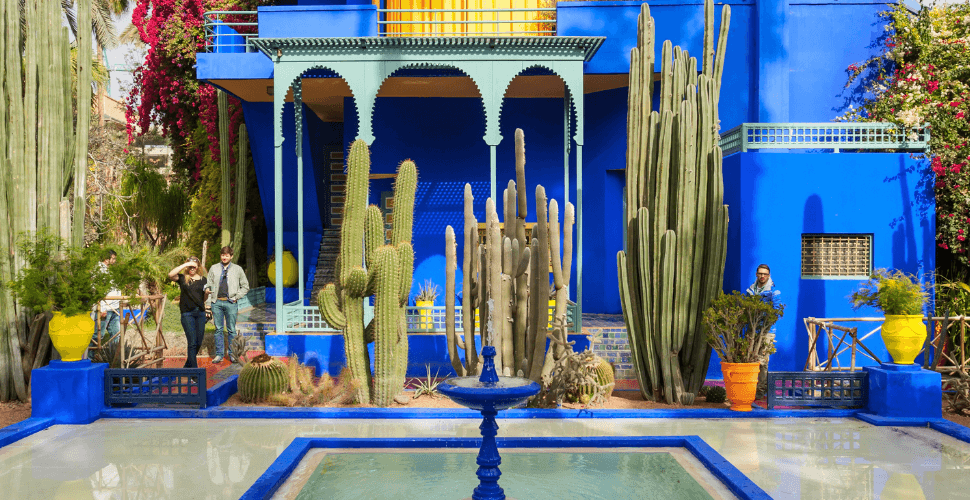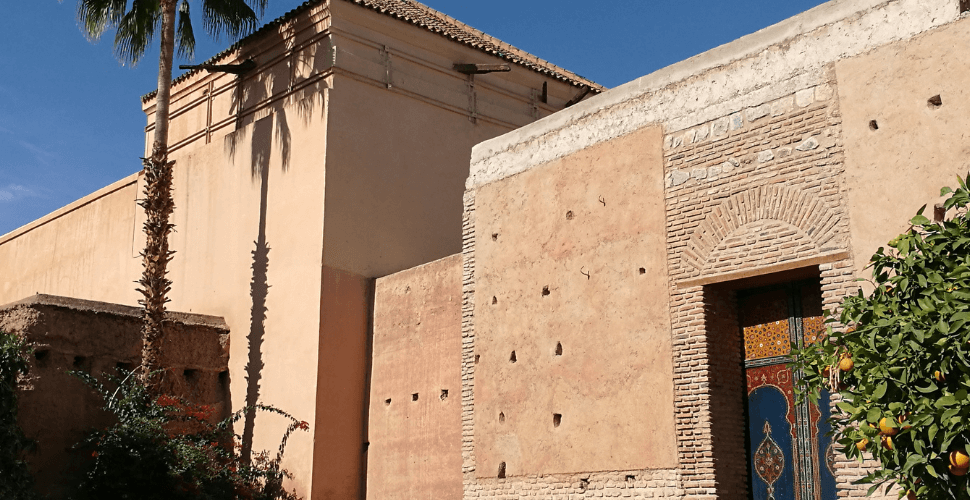The city of Marrakech is a vibrant and bustling metropolis that has been steeped in history and culture for centuries. It is home to numerous museums, each offering visitors a unique glimpse into the city’s rich heritage. One such museum is the Museum of Marrakech, which stands as a testament to the importance of preserving cultural identity.
Located in the heart of the old Medina, this beautifully restored building was once an opulent palace belonging to a wealthy Moroccan nobleman. Today, it houses an impressive collection of art and artifacts that showcase Morocco’s diverse artistic heritage. From intricate wood carvings to traditional textiles and ceramics, every piece on display tells its own story.
But beyond its vast collection of treasures lies another crucial aspect: the Museum’s role in preserving Marrakech’s cultural identity. Through its exhibitions and outreach programs, it seeks not only to educate but also inspire future generations about their country’s rich past. In doing so, it ensures that these traditions are kept alive for years to come without losing their essence or meaning.
The Importance of Museums in Understanding a City’s Heritage
Museums serve as crucial gateways to a city’s past, providing visitors with an immersive experience that allows them to connect with the cultural heritage of the place. In Marrakech, museums play an integral role in preserving and showcasing the city’s rich history. They offer a glimpse into Morocco’s diverse artistic traditions and provide insight into its unique cultural identity.
By exploring museums like the Museum of Marrakech, visitors can gain a deeper understanding of the architecture and design styles that have influenced Marrakech over time. The museum itself is housed in a beautifully restored 19th-century palace, which showcases traditional Moroccan architectural elements such as intricate tilework, carved stucco plasterwork, and ornate wooden ceilings. Through experiencing these features firsthand, visitors can appreciate how they reflect both local culture and historical influences from other parts of Africa and Europe.
The collections on display at museums also allow for exploration of various art forms that are central to Moroccan culture. From calligraphy to textiles to ceramics, each piece tells a story about its origins within Morocco or beyond its borders. By examining these works closely, one can see how different cultures have interacted throughout history while still maintaining their distinct identities. Ultimately, by visiting museums like those found in Marrakech tourists can better understand not only this particular city but also more broadly appreciate humanity’s shared cultural heritage.
Exploring the Museum of Marrakech’s Architecture and Design
The Museum of Marrakech is a stunning example of the city’s rich architectural heritage. The building was originally constructed in the late 19th century as a palace for a wealthy Moroccan nobleman, and its design reflects both traditional Moroccan styles and European influences. Visitors to the museum can explore the intricate tilework, carved wood ceilings, and ornate plasterwork that adorn its halls.
One particularly striking feature of the museum is its central courtyard, which is surrounded by arcades supported by slender columns. This type of open-air space is common in traditional Moroccan architecture and provides respite from the heat while still allowing natural light into buildings. In this particular courtyard, visitors can also admire an elegant fountain adorned with intricate geometric patterns.
Throughout the museum’s various rooms and galleries, visitors will find examples of Morocco’s rich artistic heritage on display. From intricately woven textiles to delicate metalwork to vibrant ceramics, these objects offer a glimpse into Morocco’s diverse cultural traditions. By exploring both the architecture and collection at this museum, visitors can gain a deeper understanding of Marrakech’s unique history and culture without ever leaving its walls.
The Museum’s Collection: A Glimpse into Morocco’s Rich Artistic Heritage
The Museum of Marrakech’s collection is a treasure trove of Morocco’s artistic heritage. The museum houses an impressive array of traditional Moroccan art, including ceramics, textiles, jewelry, and woodwork. Visitors can marvel at the intricate designs and vibrant colors that characterize Moroccan artistry.
One highlight of the museum’s collection is its display of Berber carpets. These hand-woven carpets are made by women in rural communities throughout Morocco and are known for their bold geometric patterns and bright hues. Each carpet tells a story through its design, reflecting the history and culture of the region where it was created.
In addition to traditional arts and crafts, the museum also features contemporary works by Moroccan artists. These pieces offer a glimpse into modern Moroccan society while still drawing on traditional techniques and motifs. Overall, the museum’s collection serves as a testament to Morocco’s rich artistic heritage and its ongoing evolution as a cultural hub in North Africa.
The Role of the Museum in Preserving Marrakech’s Cultural Identity
Museums play a crucial role in preserving the cultural identity of Marrakech. They serve as repositories of the city’s rich history and heritage, providing visitors with an opportunity to learn about its art, architecture, traditions, and customs. By showcasing these elements through exhibitions and collections, museums help keep alive the unique cultural identity of Marrakech.
One way museums preserve Marrakech’s cultural identity is by collecting and displaying artifacts that reflect its past. These items provide insight into how people lived in different eras and offer a glimpse into their daily lives. For example, at the Museum of Marrakech, visitors can see traditional clothing worn by locals or admire intricate pottery made by skilled artisans. Through these exhibits, visitors gain a deeper appreciation for the city’s vibrant culture.
Another way museums contribute to preserving Marrakech’s cultural identity is by organizing events that celebrate local traditions. Festivals such as Eid al-Fitr or Moussem Moulay Idriss are often held at museums where they showcase music performances or traditional dances like Raqs Sharqi (belly dancing). These events not only bring communities together but also allow outsiders to experience firsthand some aspects of Moroccan culture which might be otherwise inaccessible.
By serving as guardians of Morocco’s artistic legacy; promoting local craftspeople; hosting festivals celebrating various aspects of Moroccan life; curating exhibits on everything from ancient Berber civilization to modern-day fashion trends – Museums continue being integral parts when it comes down towards safeguarding Morocco’s rich heritage while simultaneously giving tourists an authentic taste for what makes this country so special without losing touch with its roots!
Unleash the Adventure: Discover Our Excursions
Please note that every route listed on our website is simply a starting point. At our company, we believe in fully customizing every aspect of your trip to meet your specific timing, budget, and preferences. We offer complete flexibility to extend, adjust, shorten, add or even skip stops and towns within a reasonable frame.
Our team of experts will work with you to recommend the best routes and schedules that cater to your interests and create an efficient yet comfortable itinerary. Trust us to take care of all the details, so you can sit back, relax and enjoy your personalized travel experience.










